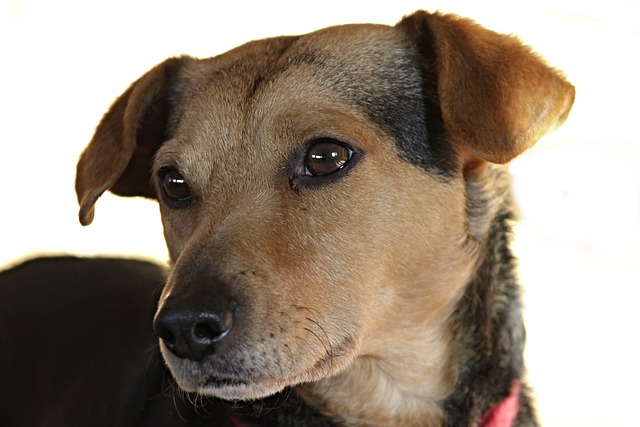
How do i train my dog to be obedient?
Watching your dog dart across the park ignoring your calls isn’t just frustrating—it can put them at risk near busy streets or public spaces.
That gray muzzle doesn’t mean your dog’s learning days are over. Even a 10-year-old lab who’s never mastered “stay” can pick up new skills—they just need a little patience and the right approach. Older dogs bring focus and eagerness to please; you just have to meet them where they are.
Start with short sessions—5 minutes tops, once or twice a day. Senior pups tire faster, so keep it light. Try training right after their morning walk when they’re alert but calm. In places like Sweden, trainers swear by “mealtime training”: mix a few kibbles into a treat pouch and work on “sit” while they wait for breakfast. It turns routine into a learning moment without extra effort.
Use high-value rewards to keep them motivated. Soft treats like freeze-dried chicken (popular in US pet stores) work better than hard biscuits—easier on aging teeth. Some dogs prefer praise or a favorite toy; pay attention to what makes their tail wag fastest. Avoid punishment—yelling or scolding confuses older dogs, who may already be dealing with hearing loss or cognitive changes.
 Focus on one command at a time, starting with something practical. “Come” is life-saving, especially in busy areas like UK city parks where off-leash rules vary. Stand a few feet away, say their name followed by “come,” and back up slowly. When they reach you, shower them with rewards. If they hesitate, crouch down—older dogs respond better to non-threatening body language.
Focus on one command at a time, starting with something practical. “Come” is life-saving, especially in busy areas like UK city parks where off-leash rules vary. Stand a few feet away, say their name followed by “come,” and back up slowly. When they reach you, shower them with rewards. If they hesitate, crouch down—older dogs respond better to non-threatening body language.
Adjust for physical limits. A arthritic dog might struggle with “down,” so modify it: lure them into a lying position with a treat held low, but stop if they show discomfort. In Germany, trainers often use raised mats for “place” commands, giving joint-sensitive dogs a clear, comfortable target. Always end sessions on a positive note—even a small success builds confidence.
Be consistent with cues. If you use “sit” for mealtime and “park it” for guests, they’ll get confused. Stick to one word per command, said in a warm tone. Many Australian trainers recommend writing down your cues and sharing them with family members—consistency from everyone speeds up learning.
Remember local laws, too. In France, dogs in public spaces must respond to basic commands like “heel” to avoid fines. Even if your pup stays home most days, mastering “stay” can prevent accidents, like darting through an open door. Some shelters in Canada offer free senior dog training workshops—check local resources for extra support.
Celebrate small wins. That first wobbly “sit” after three days of trying? Worth a party. Older dogs thrive on routine and connection, and training strengthens that bond. They’ve loved you through chewed shoes and early mornings—now let them shine, one command at a time.

Watching your dog dart across the park ignoring your calls isn’t just frustrating—it can put them at risk near busy streets or public spaces.

New puppy owners often find themselves rushing to clean up accidents before they set in, and that’s where puppy pad training becomes a game-changer.

If you've noticed your dog's waistline disappearing and your veterinarian has mentioned those few extra pounds, your first instinct might be to simply reduce the amount of food in their bowl.

Training a dog to use a designated spot indoors isn’t as daunting as many new owners fear, but it does take consistency and an understanding of your pet’s needs.

That moment of dread on a walk is all too familiar for many new dog owners. You see another dog approaching down the sidewalk of your neighborhood

If the sight of another dog on your neighborhood walk makes your heart sink as your own dog erupts into a frenzy of barking and lunging, you're not alone.